The “Thousand Faces” of Coffee Equipment: Decoding the Price Gap from Entry-Level to Professional Gear
Have you ever noticed? From the moment humans first picked that bright red coffee cherry centuries ago, to today’s dazzling array of semi-automatic and fully automatic espresso machines, grinders, pour-over kettles, French presses, siphon brewers, and countless brewing devices, the coffee world has long surpassed the simple definition of “a drink.”
It has evolved into a lifestyle, an art form, and a deep exploration of flavor, aesthetics, and technology.
From affordable neighborhood cafés to Michelin-starred coffee bars, from cozy home setups to international competition stages, the price difference in coffee equipment resembles a kaleidoscope—reflecting different user needs, levels of technology, brand positioning, and industry evolution.
For newcomers stepping into the world of coffee, the huge variety of tools and the vast price disparity can be overwhelming: a few hundred yuan for a beginner pour-over set, several thousand for a home espresso machine, and tens of thousands for high-end commercial equipment. How can tools that all “make coffee” vary so dramatically in price?
Behind this lies the deeper logic of technical structure, materials, design philosophy, usage scenarios, brand value, and cultural significance.
1. The Core of Price Differences: Internal “Heart” Determines External Value
Take semi-automatic espresso machines as an example. The main drivers of price differences lie in three core components:
boiler system, pump type, and temperature stability.
These are the “heart” of the machine and directly influence the quality and consistency of espresso extraction.
• Thermoblock Machines — Budget-Friendly Choice for Beginners
Advantages:
-
Compact, fast-heating (around 92°C), ideal for quick brewing
-
Space-saving for homes, offices, or outdoor use
-
Affordable: a few hundred to ~2,000 RMB
-
Often the first machine for many beginners
Disadvantages:
-
Low thermal capacity → temperature fluctuates during consecutive shots
-
Crema may be thin; flavor unstable
-
Uses mostly vibration pumps, which offer limited pressure control
-
Shorter lifespan; internal scaling affects efficiency
Representative models:
De’Longhi EC685, HiBREW H10A and similar entry-level machines.

• Single-Boiler Machines — Balanced Choice for Intermediate Users
-
Independent boiler provides larger thermal capacity
-
Consistent temperature across 3–5 shots
-
Often paired with vibration or gear pumps for more stable pressure
-
Price range: 3,000–8,000 RMB
-
Ideal for enthusiasts or small cafés
Examples: WPM KD310, Rocket Appartamento.
• Double-Boiler / Multi-Boiler Machines — The Backbone of Professional Cafés
-
Separate brew/steam boilers allow simultaneous stable brewing and steaming
-
Typically equipped with rotary pumps for steady 9-bar pressure
-
Built-in PID temperature control precise to ±0.5°C
-
Prices range from several tens of thousands to over 100,000 RMB
-
Standard in specialty cafés and competitions
Top brands: La Marzocco, Victoria Arduino, Slayer.
Technology highlights:
-
Slayer’s flow-control valves for custom extraction
-
La Marzocco’s saturated group head for maximum temperature stability
2. Design & Materials: The Leap from “Functional” to “Delightful”
Price reflects more than performance—it’s embedded in every detail.
• Material Differences
-
Boilers:
Stainless steel → durable but slower heating
Copper → fast heating, high heat retention, higher cost -
Machine body:
Plastic → cheaper, less premium feel
Stainless steel → stronger, more aesthetic
Aircraft-grade aluminum → lightweight yet sturdy -
Brew head:
Food-grade stainless steel with nickel plating for longevity
• Craftsmanship & Details
-
Hand-welding vs. laser-welding
-
Knobs/buttons vs. smart touch screens or app controls
-
Easy-clean designs for better maintenance
• Aesthetic Designs
Industrial, retro, minimalist styles—brands like Alessi even create collectible art-level coffee tools.
3. Brand Landscape: Global Giants and Rising Domestic Players
The coffee equipment market shows clear brand segmentation:
• High-end global brands:
La Marzocco, Slayer — backed by heritage, craftsmanship, and competition pedigree.
• Mid-high-end specialists:
Japan: Hario, Brewista
Germany: Siemens
• Rising Chinese brands:
Commercial: Gemilai, Ladetina
Household: Barsetto, PETRUS, HiBREW
According to the China Coffee Equipment Industry Report, Chinese coffee machine sales grew 35% year-on-year in 2023, with more brands entering overseas markets.

4. Scenario-Based Choices: Matching Needs, Not Prices
The “price code” of coffee equipment reflects practical needs:
• Home Users
-
Budget: Pour-over set + French press (hundreds of RMB)
-
Quality-focused: Entry-level semi-automatic + electric grinder (~3,000 RMB)
-
Enthusiasts: Double boiler + premium grinder (10,000+ RMB)
• Café Entrepreneurs
-
Small cafés: Domestic dual-boiler + bulk grinder (20–30k RMB)
-
Specialty cafés: Imported dual-boiler + Mahlkönig grinders (100k+ RMB)
• Special Use Cases
-
Camping: Aeropress, portable machines (HiBREW H4C)

-
Office: Capsule machines (Nespresso, HiBREW H6)

5. Cultural & Emotional Value: Beyond Functionality
High-end coffee equipment carries emotional and cultural weight:
-
Limited editions and classic reissues have collectible value
-
Premium machines symbolize craftsmanship and passion
-
Iconic equipment becomes a social-media backdrop in cafés
6. Smart Consumer Guide: Avoid Pitfalls, Find What Truly Fits
-
Clarify your core need: convenience, flavor exploration, or hands-on experience?
-
Match your budget:
Entry ≤ 2,000 RMB
Intermediate 2,000–5,000 RMB
Professional ≥ 5,000 RMB -
Prioritize specs over aesthetics
-
Test before buying if possible
-
Ensure after-sales support
-
Explore the second-hand market carefully
Conclusion
Price variations in coffee equipment reflect technology, user needs, and cultural depth. Whether you enjoy a simple French press at home or pull championship-level espresso shots on a high-end machine, the true value of coffee gear lies in how well it resonates with your lifestyle and passion—not its price tag.
Looking Ahead
With continuous innovation in China’s coffee equipment industry, domestic brands are expected to make breakthroughs in smart control, energy efficiency, and material design. Sustainability—recyclable materials, eco-friendly heating solutions—will also become an important trend shaping the future.
Interactive Question
What is your ideal coffee tool?
Which matters more to you: price, function, or design?
Share your coffee stories and decision logic!

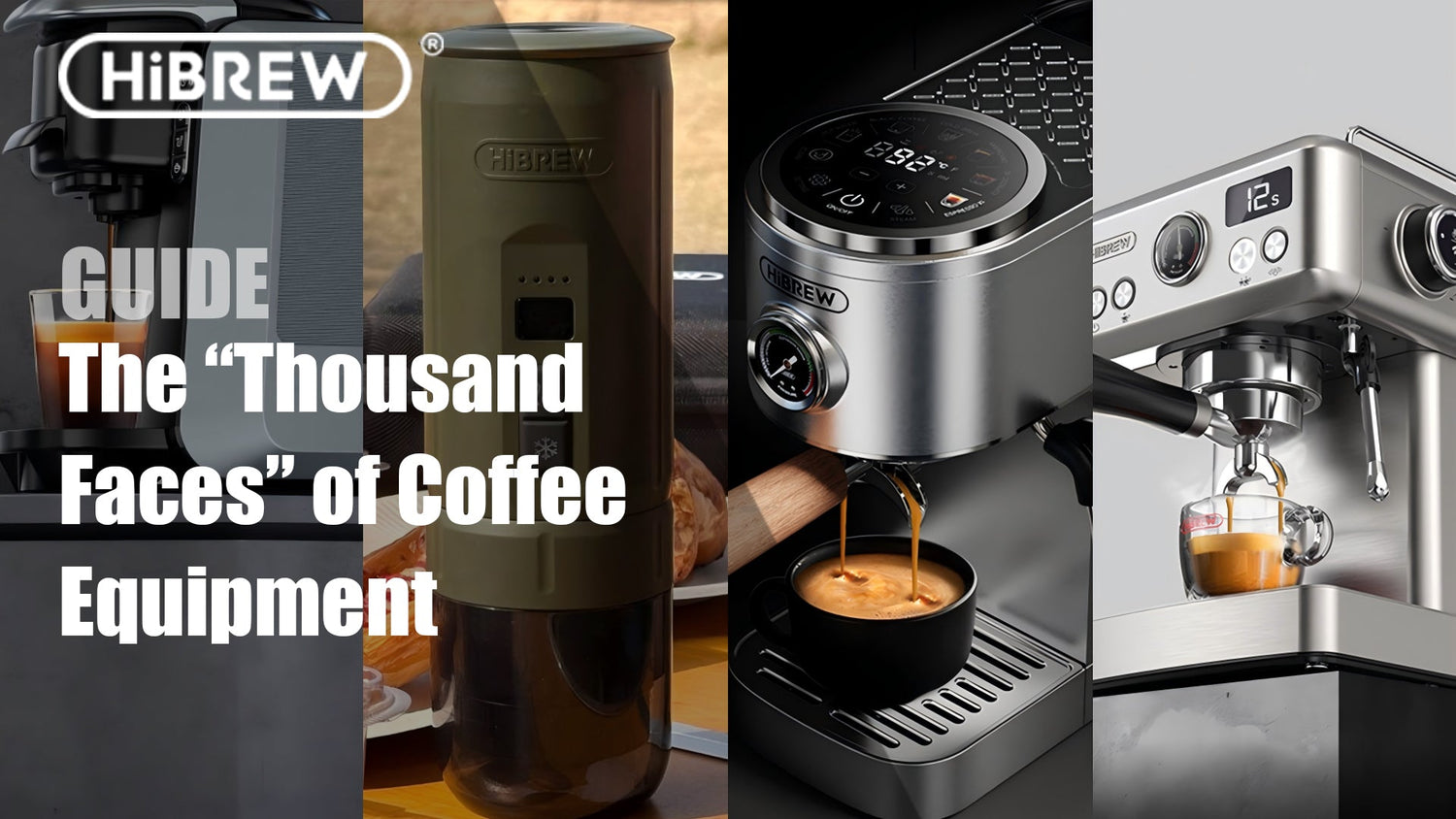
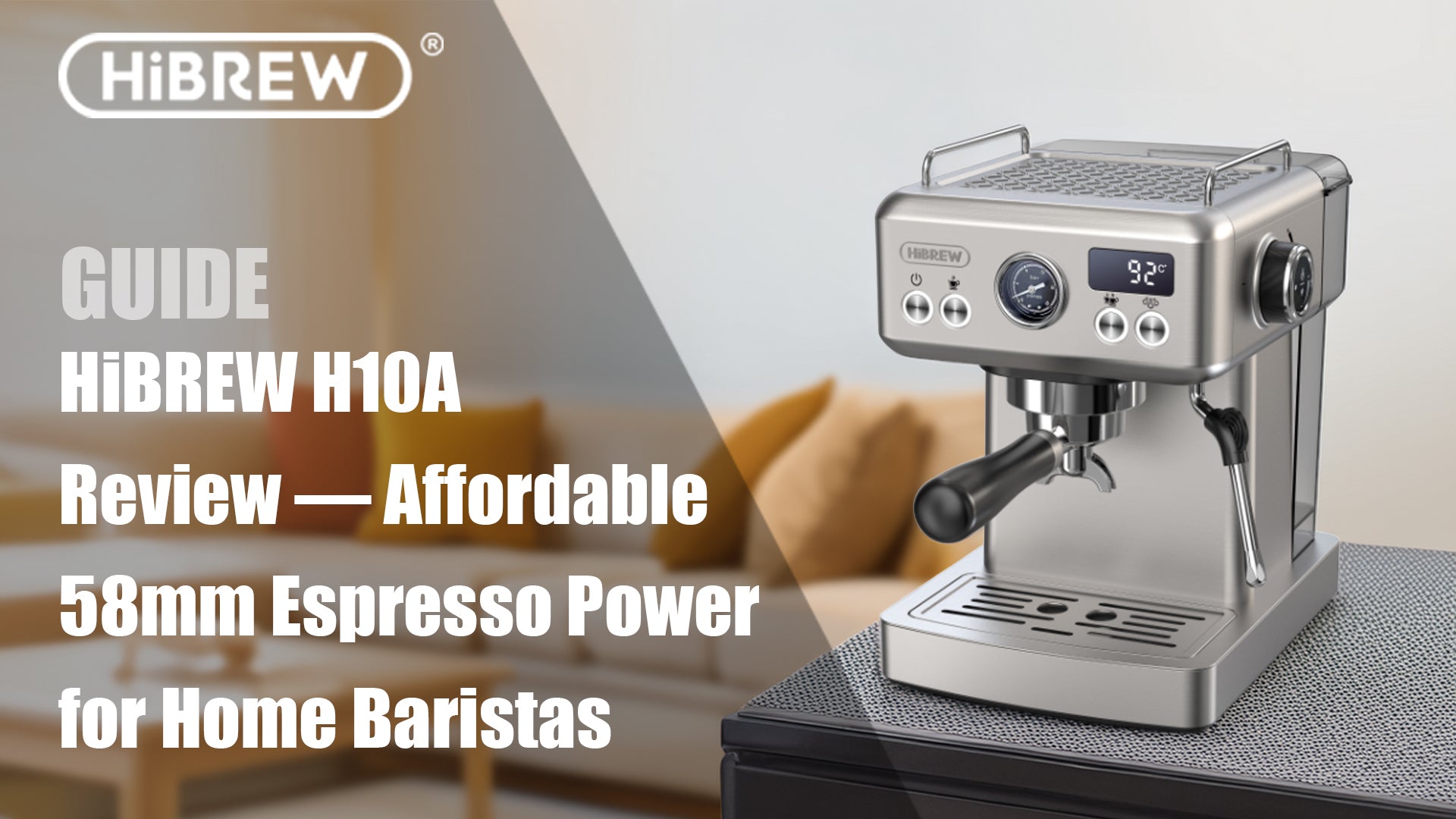
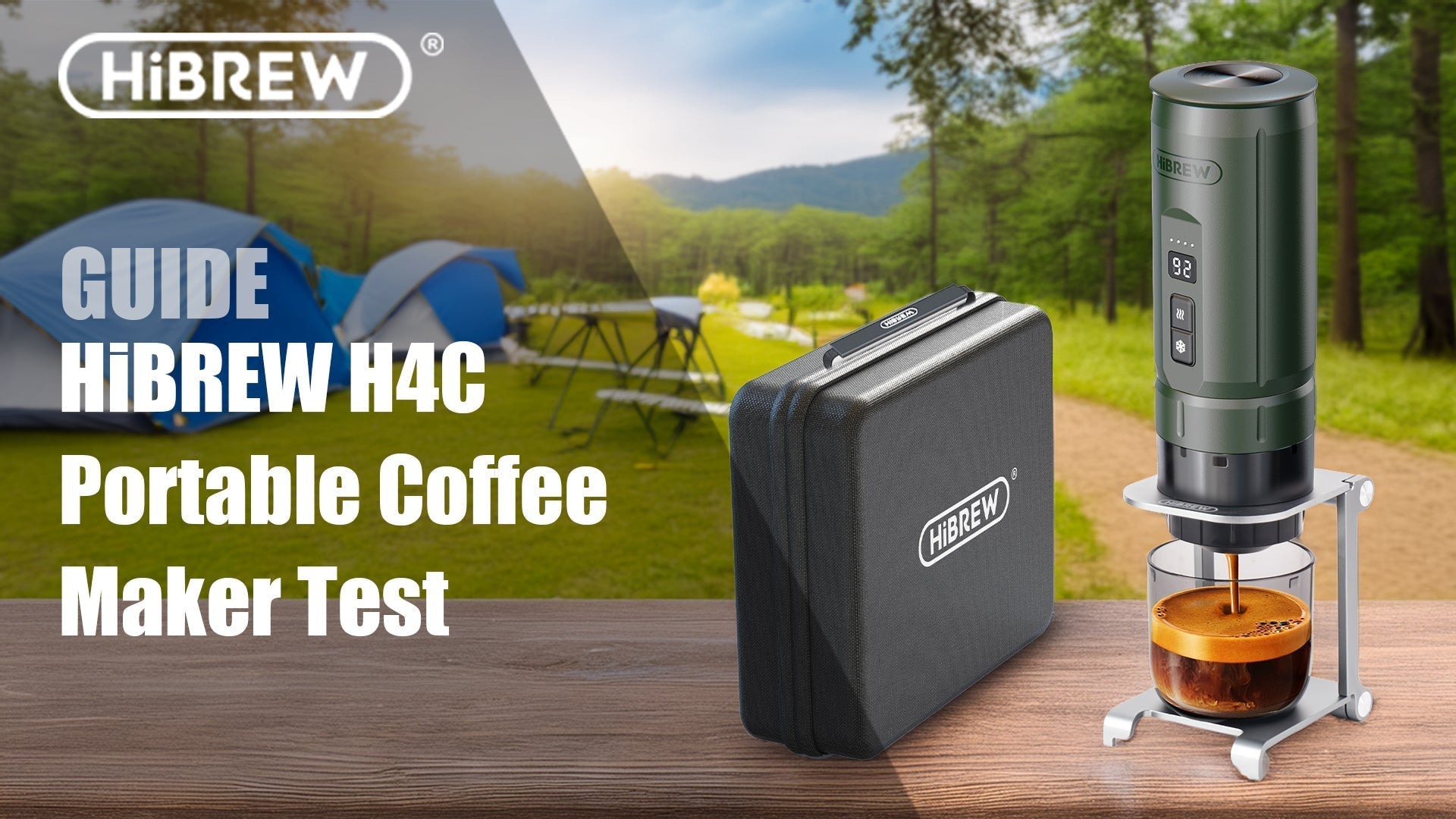
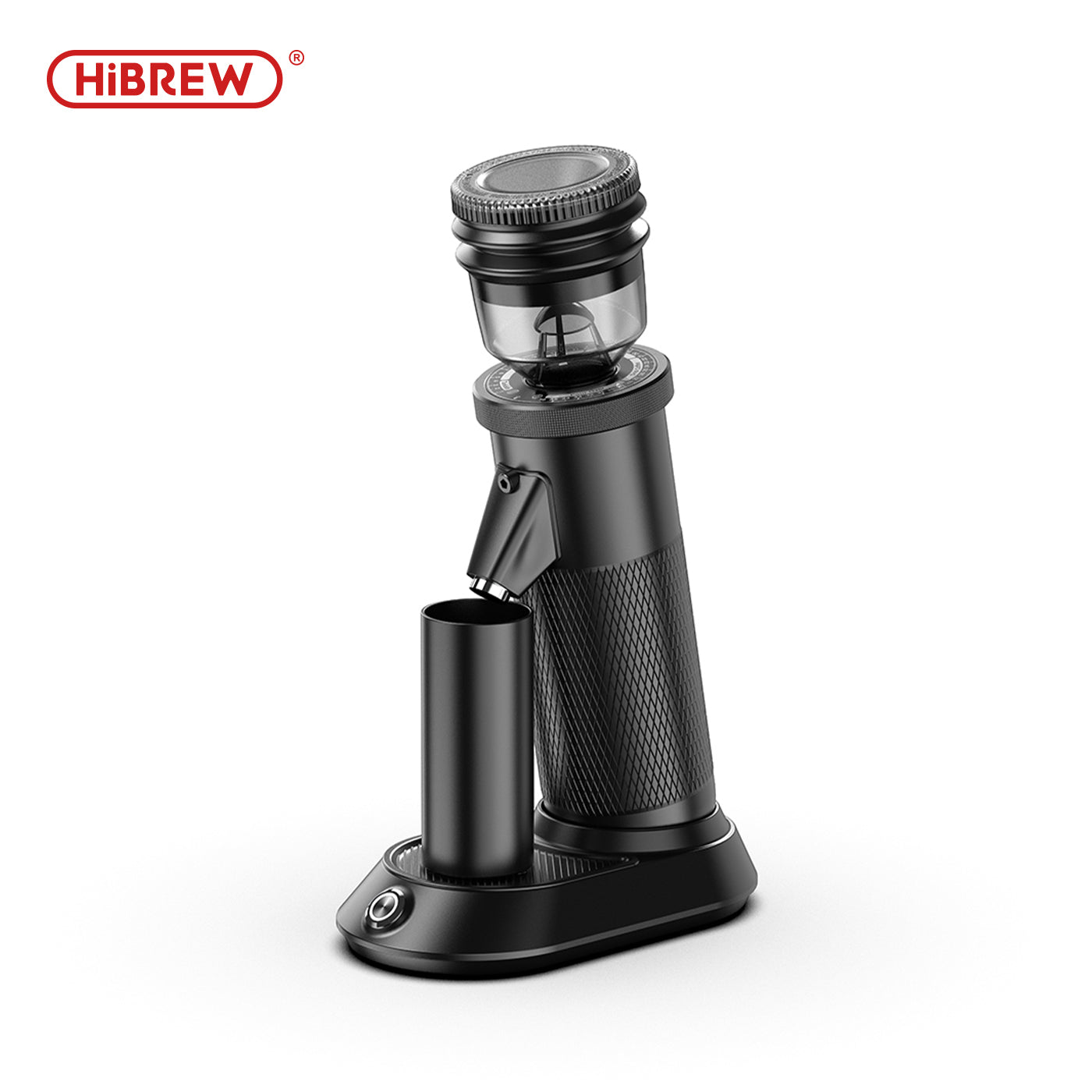

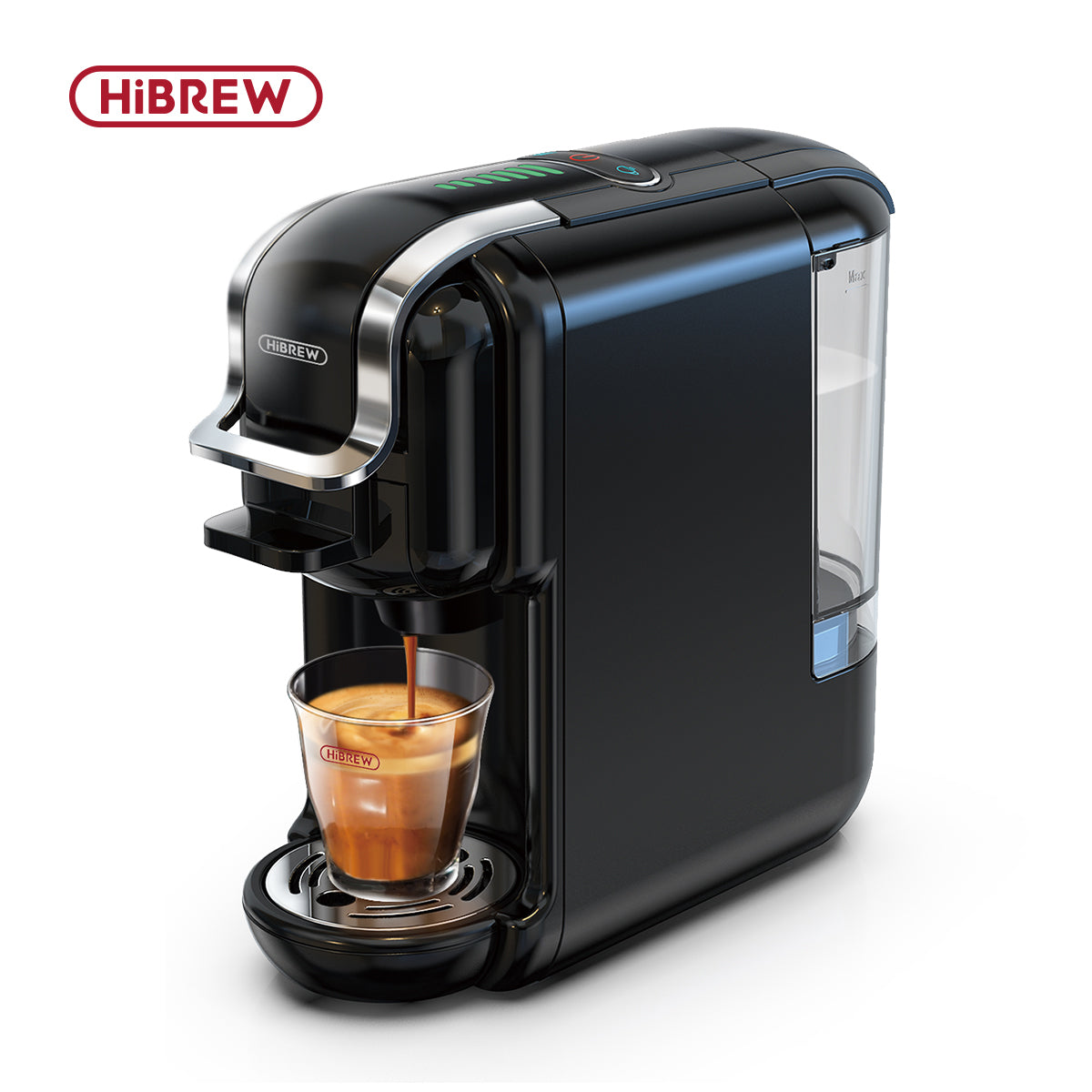
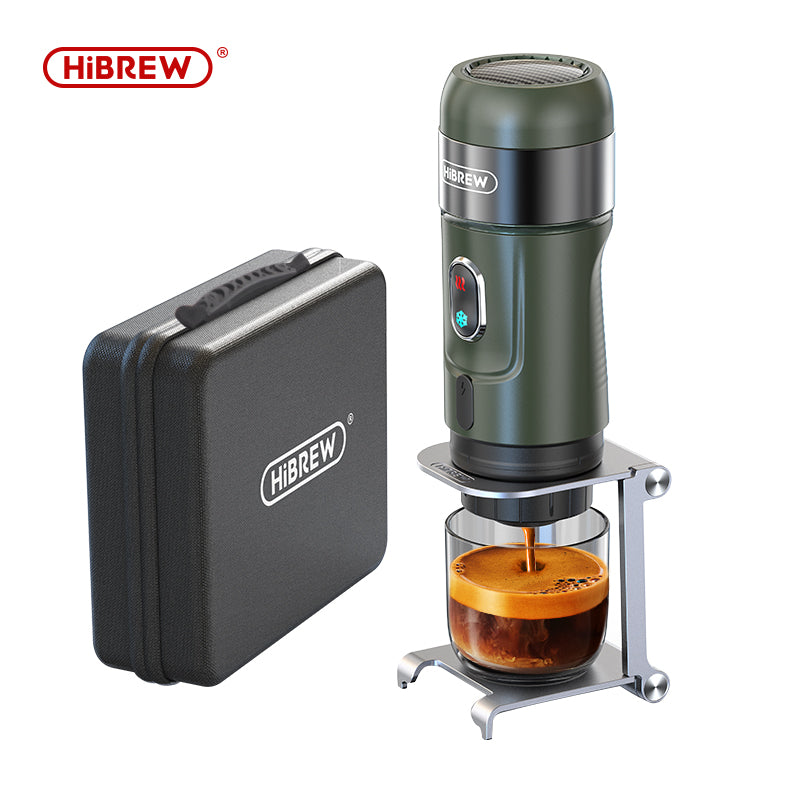
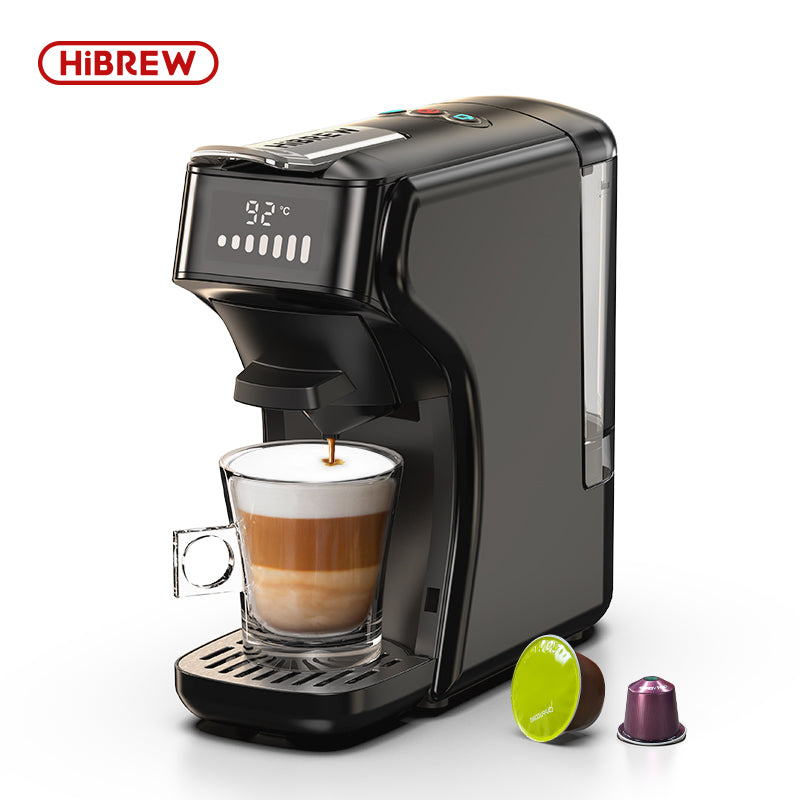
اترك تعليقًا
تخضع جميع التعليقات للإشراف قبل نشرها.
This site is protected by hCaptcha and the hCaptcha Privacy Policy and Terms of Service apply.